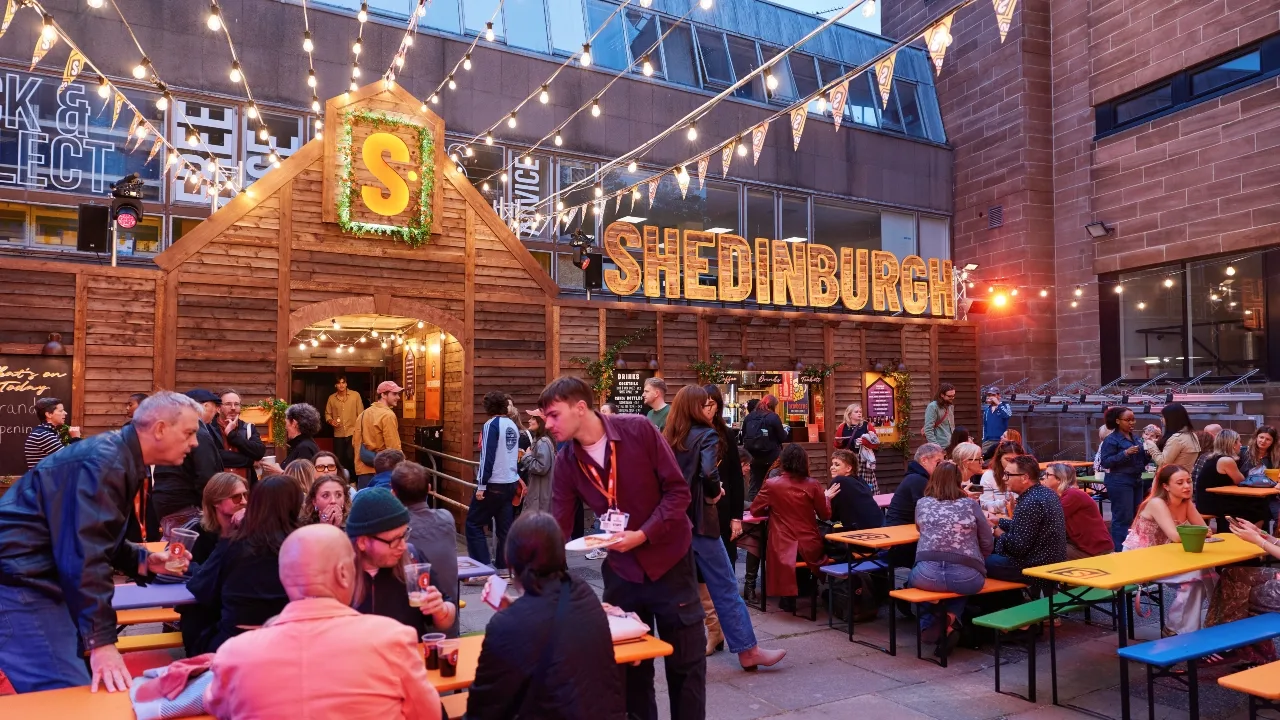When Francesca Moody steps into the shed-like venue tucked into the courtyard at Edinburgh College of Art (ECA), it’s with the energy of someone who has been waiting a long time for this moment.
This August, in the middle of the world’s largest arts festival, she and her team have opened the doors to Shedinburgh – a new performance space, café and bar aiming to reshape how artists and audiences connect.
For Moody – the theatre producer behind productions like Fleabag and Baby Reindeer, both of which started life at the Fringe before going on to global acclaim – Shedinburgh is more than just another venue. It’s a creative space rooted in accessibility, sustainability and intimacy, designed to offer a new way of experiencing the magic (and occasional madness) of Edinburgh in August.
“Everything we want to do is about celebrating the Fringe, supporting artists, and giving audiences some joy,” Moody says. “That is always our North Star.”
From lockdown shed to Fringe stage
Shedinburgh’s story begins in 2020, when the Covid-19 pandemic abruptly silenced Edinburgh’s festivals. Like many, Moody found herself looking for ways to keep creating. In a conversation with her long-time collaborator, Scottish writer and performer Gary McNair, the two landed on a fringe-inspired pun – ‘Shedinburgh’ – and ran with it.

They built two small performance sheds, one at London’s Soho Theatre and another at Edinburgh’s Traverse. Each hosted unplugged, one-off performances, featuring poetry, comedy, music and theatre, which were streamed online on a pay-what-you-can basis. It was a small-scale festival and a love letter to live performance when the real thing wasn’t possible.
That inventive, Fringe-infused spirit still shapes Shedinburgh today. But this new iteration is not a pop-up experiment – it’s a fully realised venue, with an operating model designed to give a meaningful platform to artists at the world’s biggest arts festival.
Re-imagining the model
As well as being paid, every artist performing at Shedinburgh has their travel and accommodation covered as part of their contract and appears once only. This helps level the playing field for performers and reduces costs that can create barriers to access for emerging voices.
“It’s a reimagining of what is a common Fringe model,” Moody says. “We want to help support artists, especially those who might face challenges to performing in Edinburgh. Accessibility needs to be built into how both artists and audiences can engage with the work.”
It’s a shift that puts artists and their development at the heart of the venue’s ethos.
Finding a home at the University
Choosing a home for Shedinburgh was about the feel and spirit of the venue, as much as logistics. The team needed somewhere central, adaptable and welcoming. When they visited the Wee Red Bar, they knew instantly it was right.
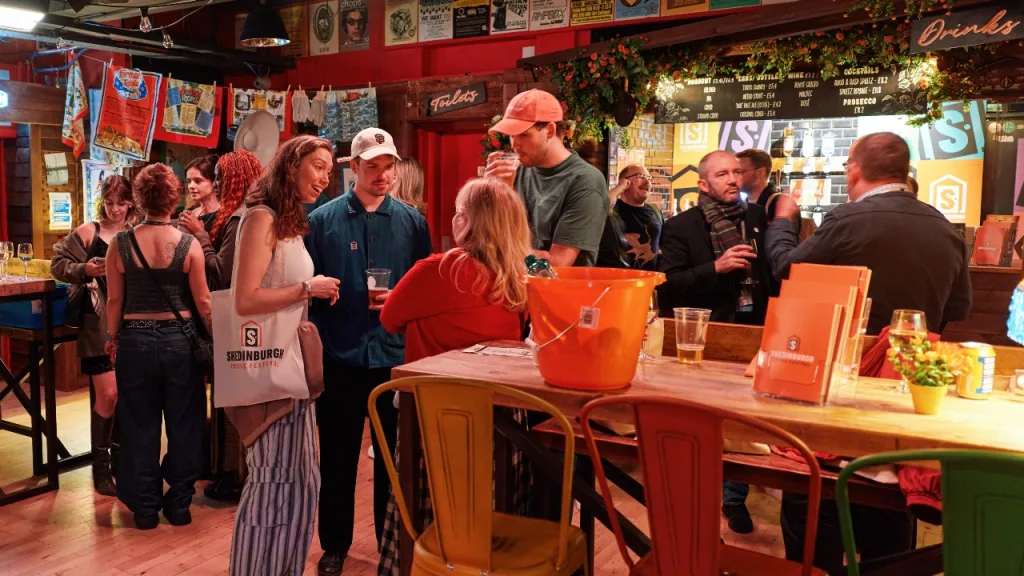
“We wanted a space we could make feel cosy and accessible, but also be near the heart of the Fringe,” Moody recalls. “When we came here, there was no question – this was it. And we’re so grateful the University supported us to make it a reality.”
The University of Edinburgh has a long history of opening its doors to the Fringe, hosting everything from large venues like Gilded Balloon, Assembly and Pleasance Theatre, to smaller, independent ventures. For Moody, that spread of infrastructure is vital.
“You cannot disconnect the fact that the Edinburgh Fringe is what it has become, because the University exists and has opened its doors to producers and companies. I don’t know how the Fringe would exist without it these days, certainly not in the same way.”
A career forged in Edinburgh
Moody’s relationship with the festivals began long before Fleabag or Baby Reindeer. At 17, she first worked here as a production assistant in another University-housed venue, The Pleasance.
She fell in love with the bustle of the city in August – the influx of audiences, the never-ending variety of shows and late-night conversations between strangers.
Moody initially set her sights on acting, but the experience of creating performances pulled her in another direction. Producing became her focus and the Fringe her training ground.

Her breakthrough came in 2013, when she produced Fleabag at Underbelly. At the time, it was a one-woman show created by actor and writer Phoebe Waller-Bridge, adapted from a short storytelling piece. What began as a small theatre run would eventually transform into a global television phenomenon, winning multiple awards and redefining the scope of contemporary female-led comedy.
A few years later, Moody produced Richard Gadd’s Baby Reindeer at Summerhall, before transferring to the West End, becoming a critically acclaimed Netflix series and global hit. These success stories, she says, are proof of what can happen at the Fringe, providing a catalyst for artists.
“The Fringe is vital to the cultural sector. It’s the place to springboard work from – there’s nowhere else quite like it. It’s where talent is found and new ideas are tested.”
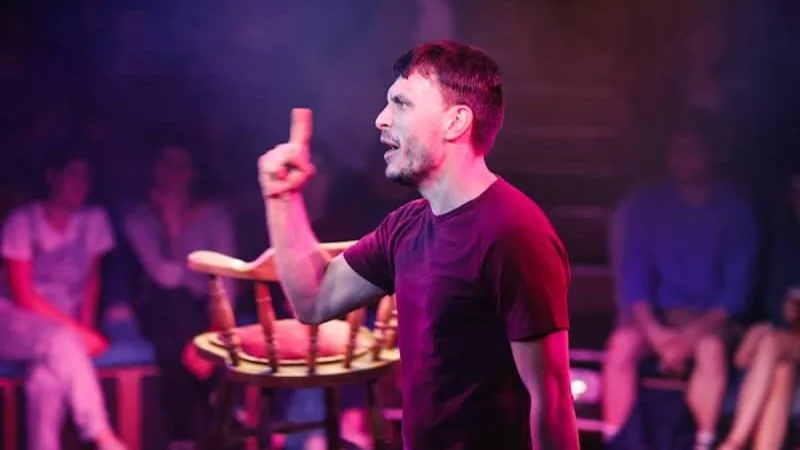
(photo credit Andrew Perry).
Inside ‘The Shed’
Shedinburgh’s design is the work of Casey Jay Andrews, who transformed the Wee Red Bar into a whimsical ‘Tardis-like’ shed.
The interior is full of playful ‘Easter eggs’ referencing Moody’s past productions and other well-loved Fringe venues, making the space feel both homely and familiar, yet new and creative.
By day, it’s a relaxed café-bar serving locally sourced food and drink. By night, it transforms into a 100-seat theatre space, with a single lighting state and minimal tech – stripping back the performance presentation to the essentials.
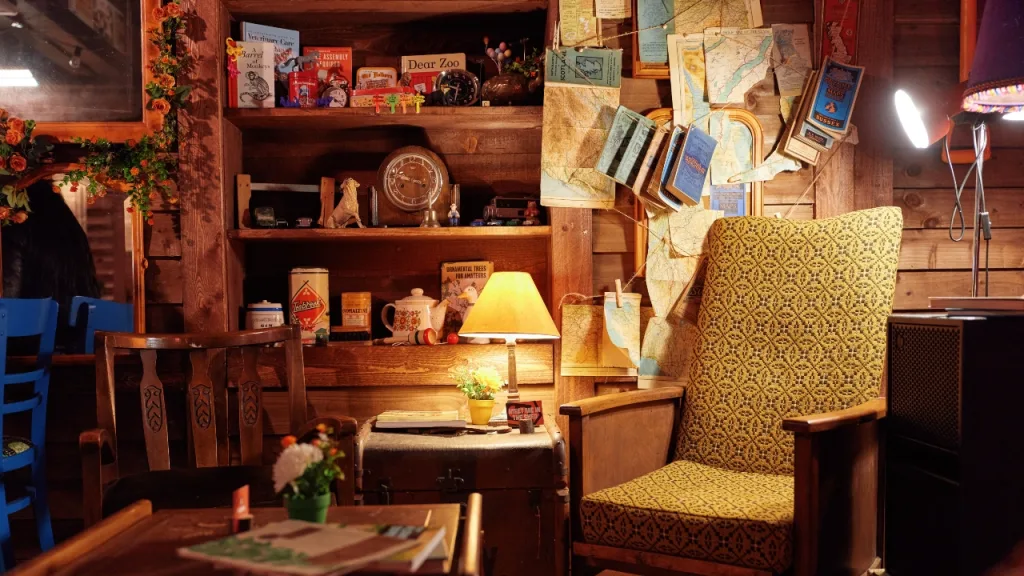
“There’s genuinely not a night in the shed I don’t want to be here watching something,” Moody says. “It is all about that Fringe spirit – take a chance and see what you get.”
The programme reflects that ethos: a blend of well-known Fringe names and emerging voices. The Shed Originals series features never-before-seen scripts, including Jack in a Box and Rebellion After the B’nai Mitsvah. There’s music-infused theatre like Manic Street Creature, Tim Crouch’s My Arm, and late-night antics like Maggieoke, a karaoke night hosted by performance artist Laurie Black in the guise of his best-known character, none other than former PM, Margaret Thatcher.
Each show is designed to stand alone – no two nights are the same, making every visit a one-off experience and a Fringe original.
More than performances
Shedinburgh is also home to ShedX, a free talk series for anyone curious to learn more about theatre and festivals. Topics range from casting and marketing to the future of theatre criticism. For Moody, these events are just as important as the shows themselves.
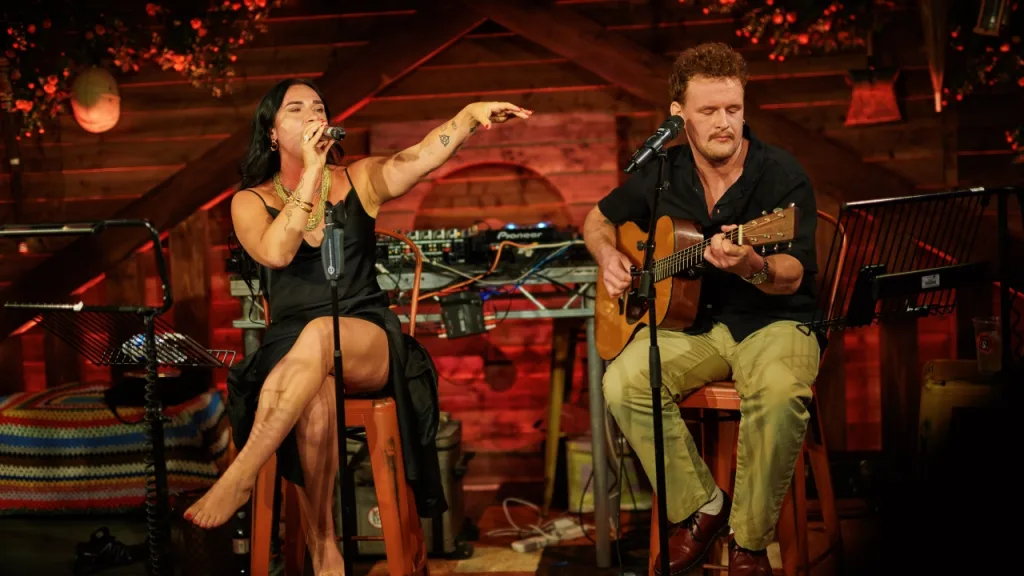
“Wherever you are in Edinburgh during the Fringe, there’s someone you might want to collaborate with or can learn from. That’s how my career started, by meeting someone already in the industry when I was just 17.”
By creating a space that encourages conversation and connection, she hopes that Shedinburgh can become more than just a venue – it aims to be a creative hub throughout August.
Moody is also adamant that Shedinburgh should feel like it belongs to Edinburgh, not just to the festival and visitors. The venue works with local suppliers, keeps ticket prices accessible and opens its bar to anyone, whether they have a ticket for that night’s performance or not.
“If you live in Edinburgh, we want you to feel like this is your space too. The Fringe can sometimes feel a bit overwhelming or like it’s for other people – but really, it is only here because of this city.
Looking ahead
Though this is the venue’s first year, Moody is already thinking about the future. The hope is to keep this model sustainable, expand the programme and continue to be both artist-friendly and audience-accessible.
“Shedinburgh is our way of giving back to the festival, give artists a platform and supporting the next generation. I really believe that needs to happen and should be supported to do so – because it’s where the next generation of our artists, performers and stories will come from, as they have done for decades before – shows like Fleabag and Baby Reindeer are proof of this.”
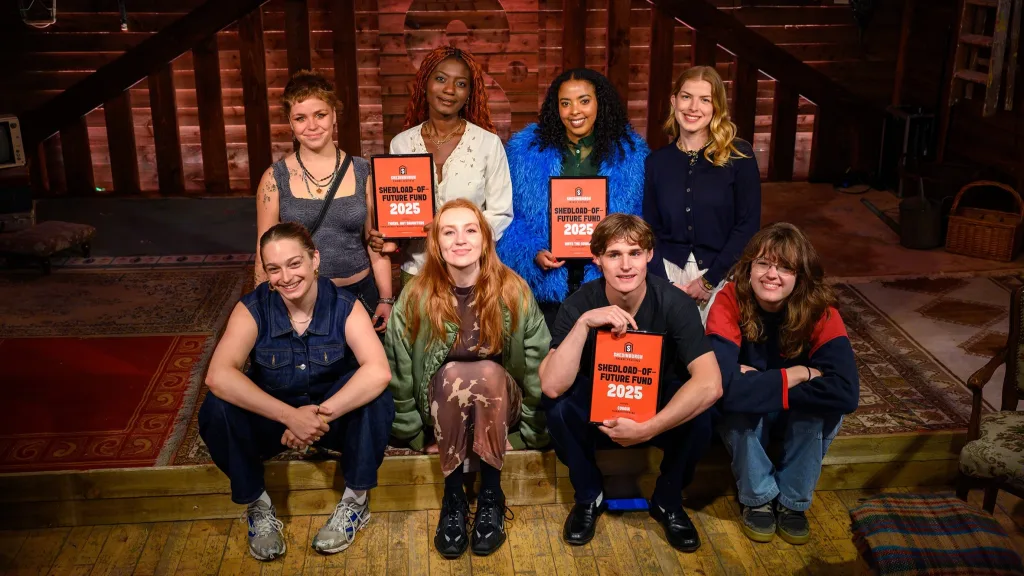
For now, she’s content to spend every night in The Shed, watching as audiences take their seats, the lights dim and the unpredictable magic of live performance unfolds.
“The Fringe is all about taking a chance,” she says with a grin. “And I think we’ve built the perfect place for that.”

